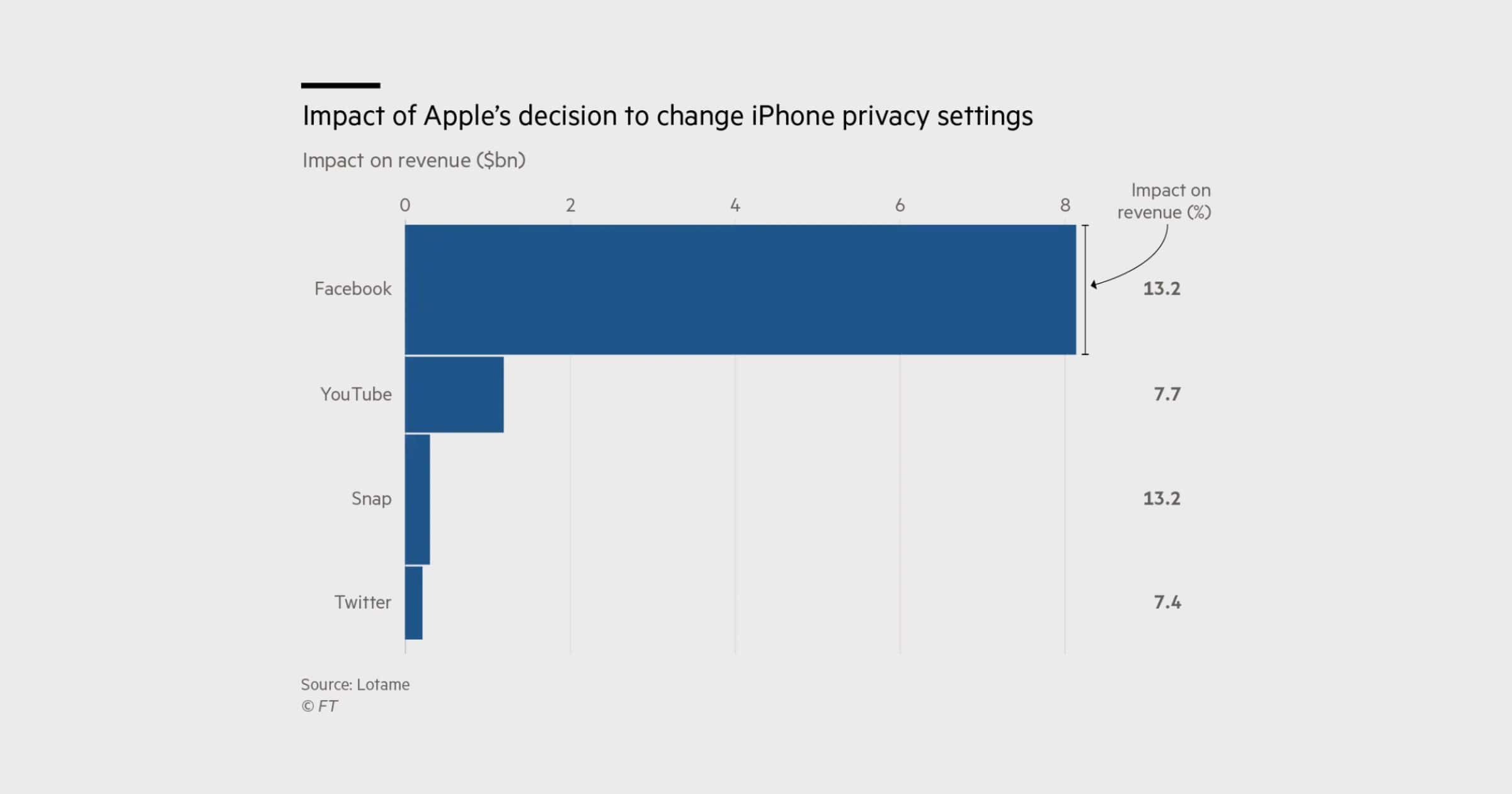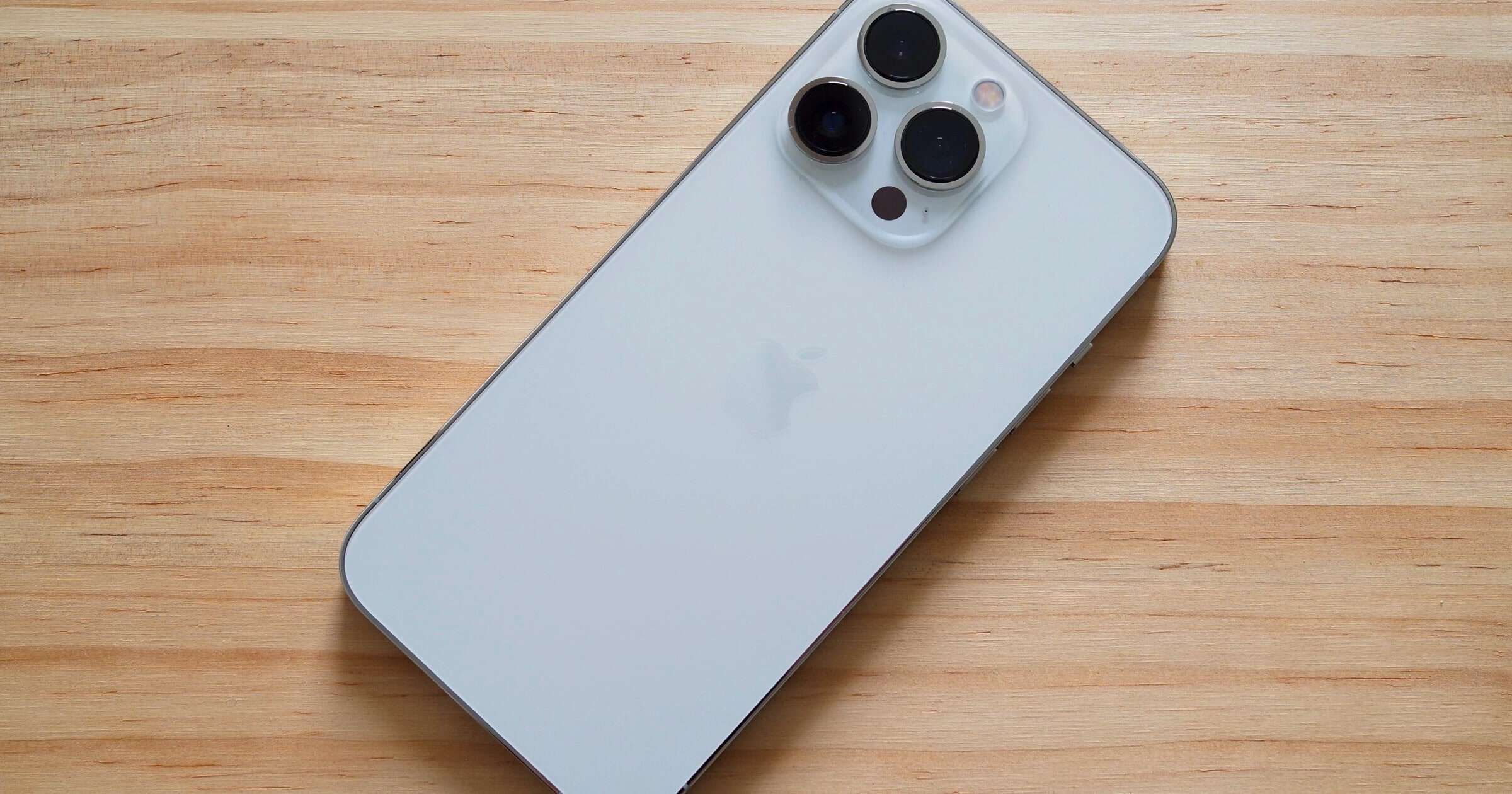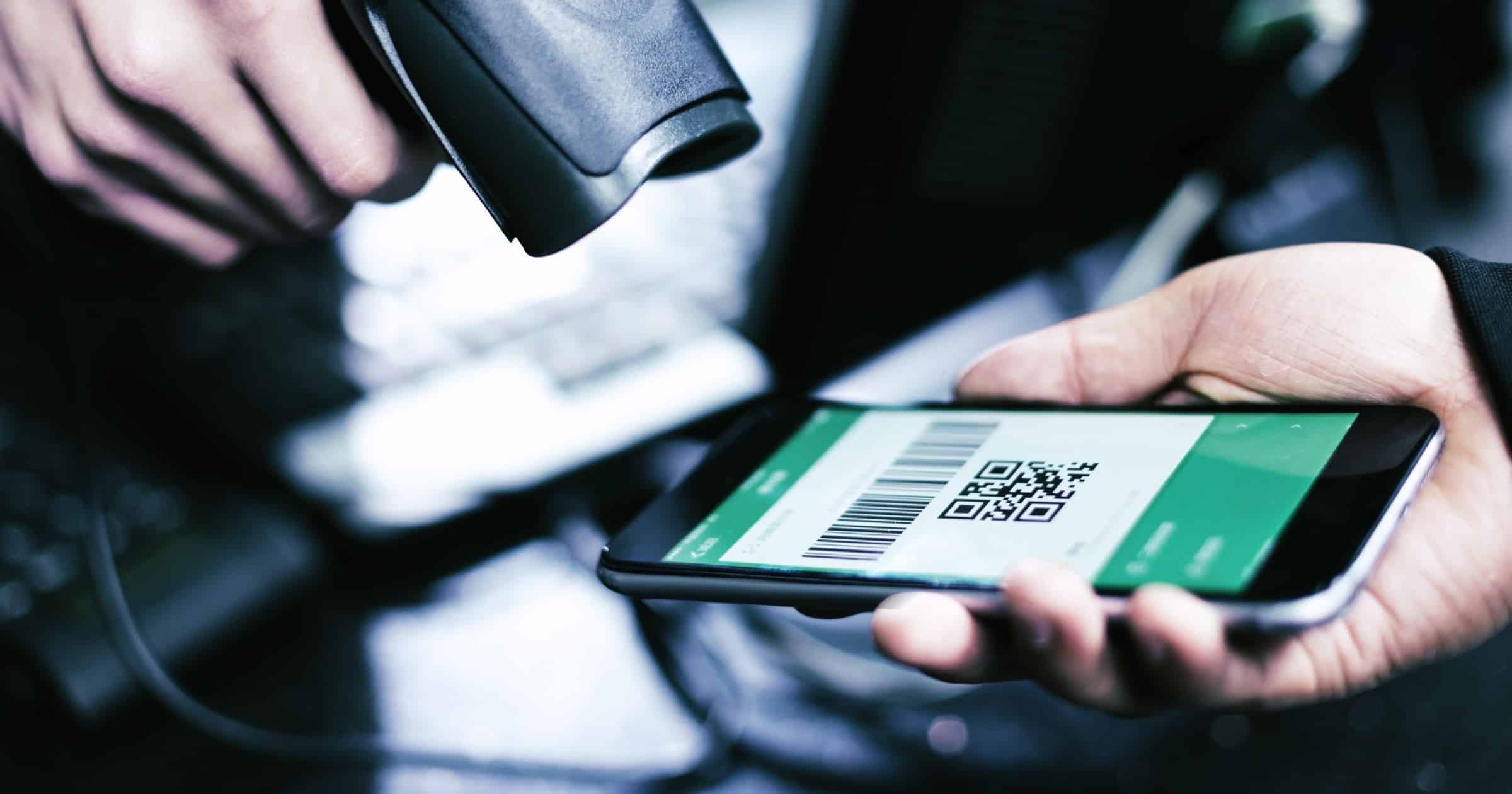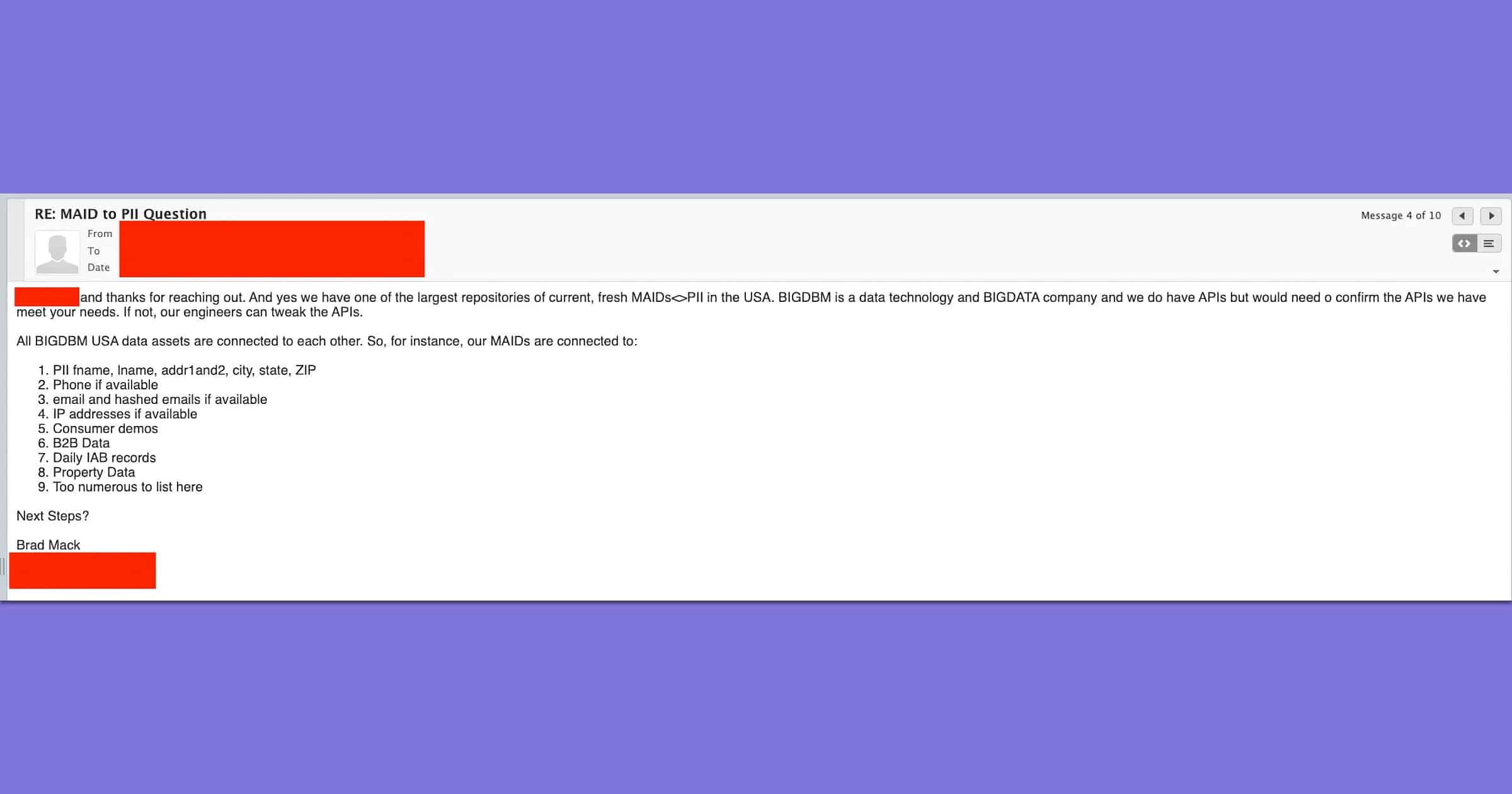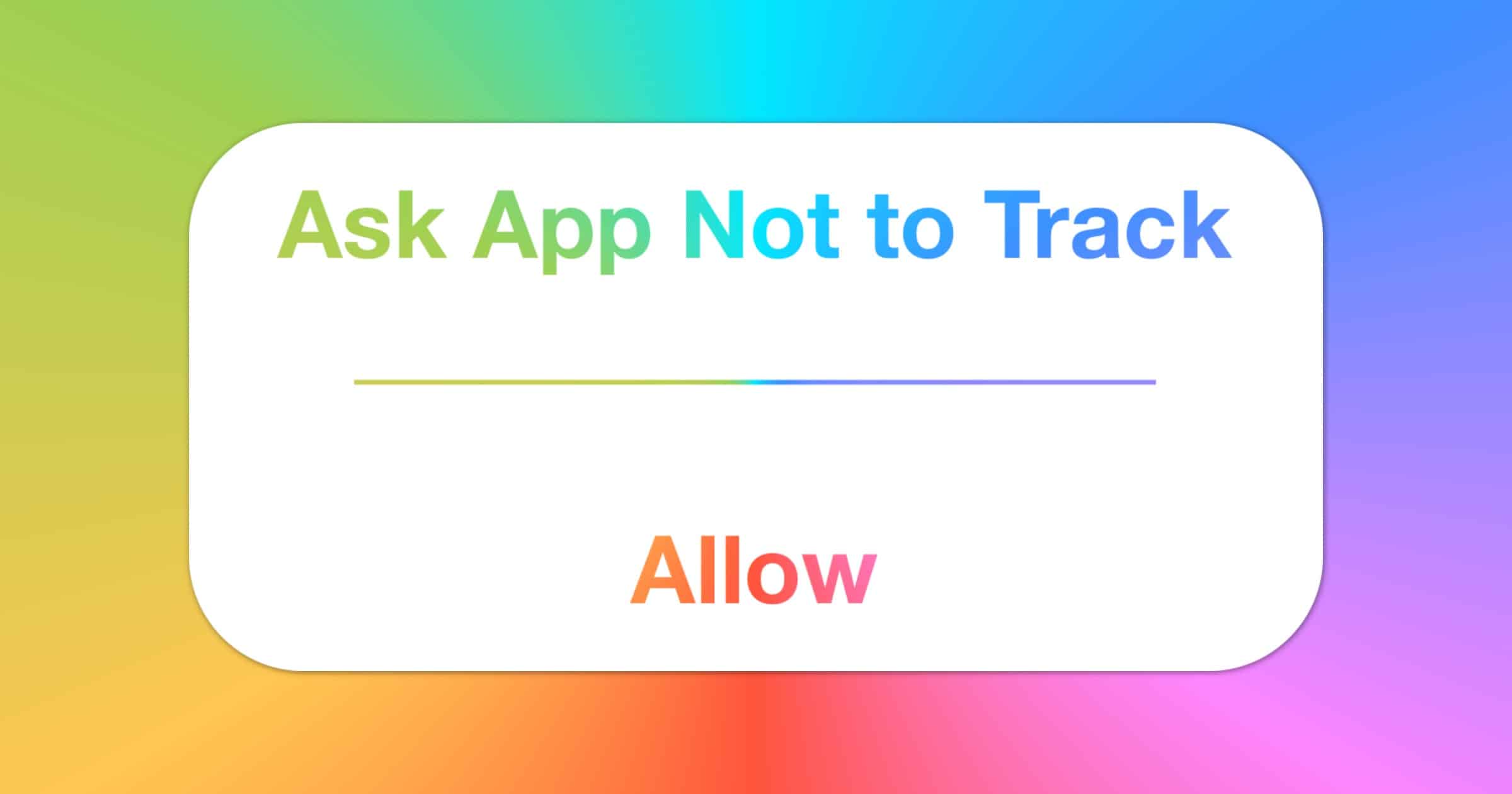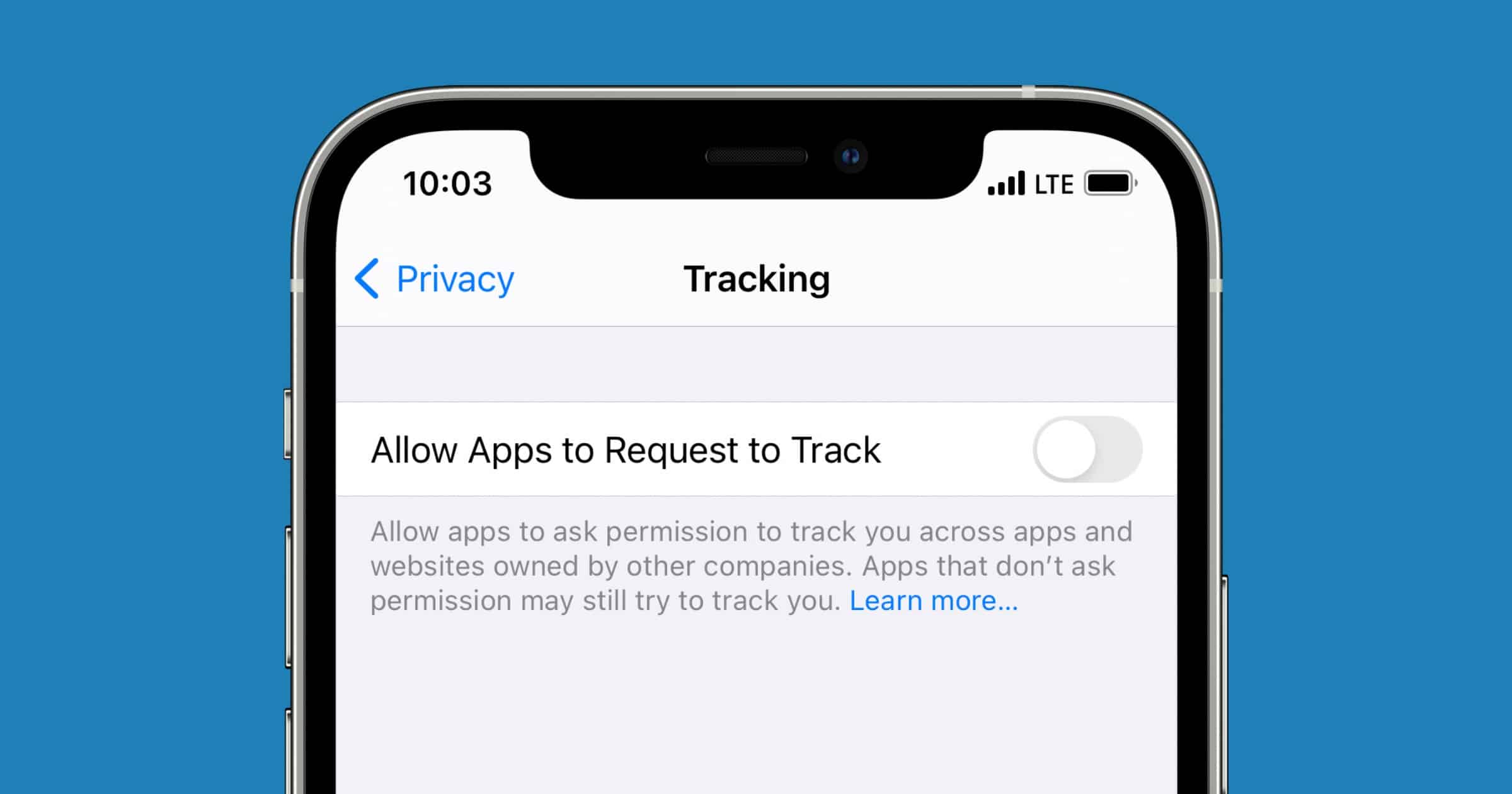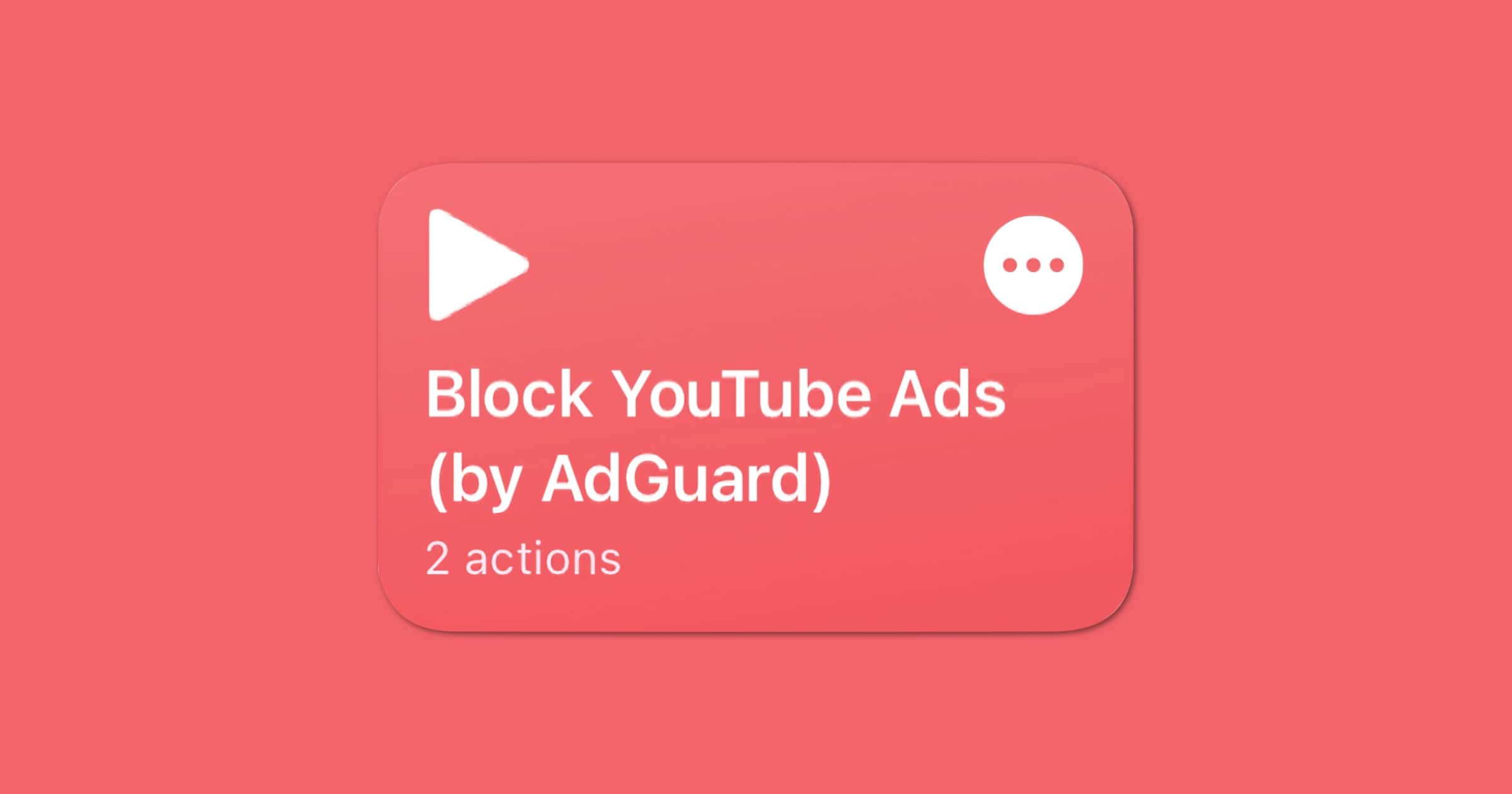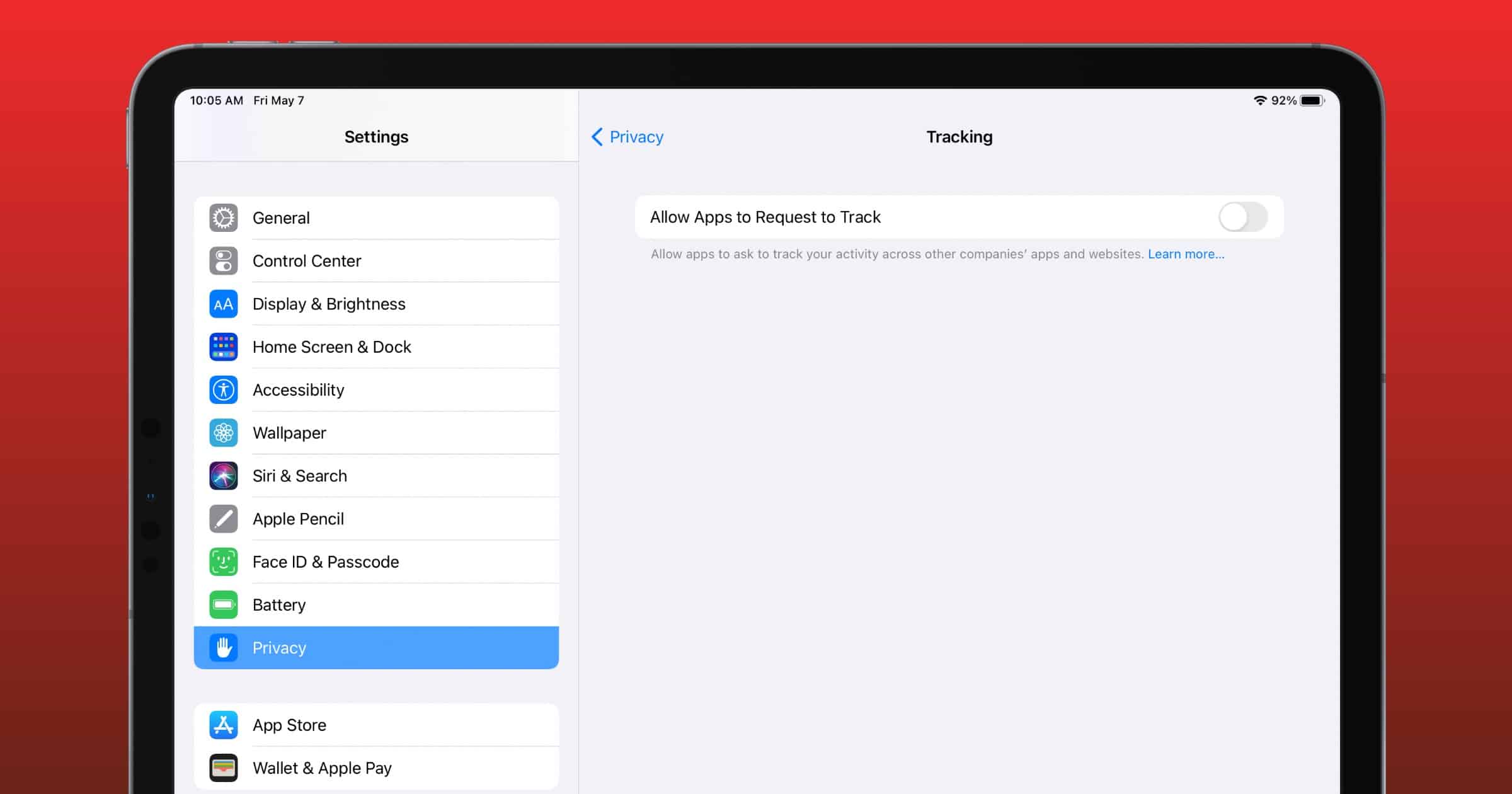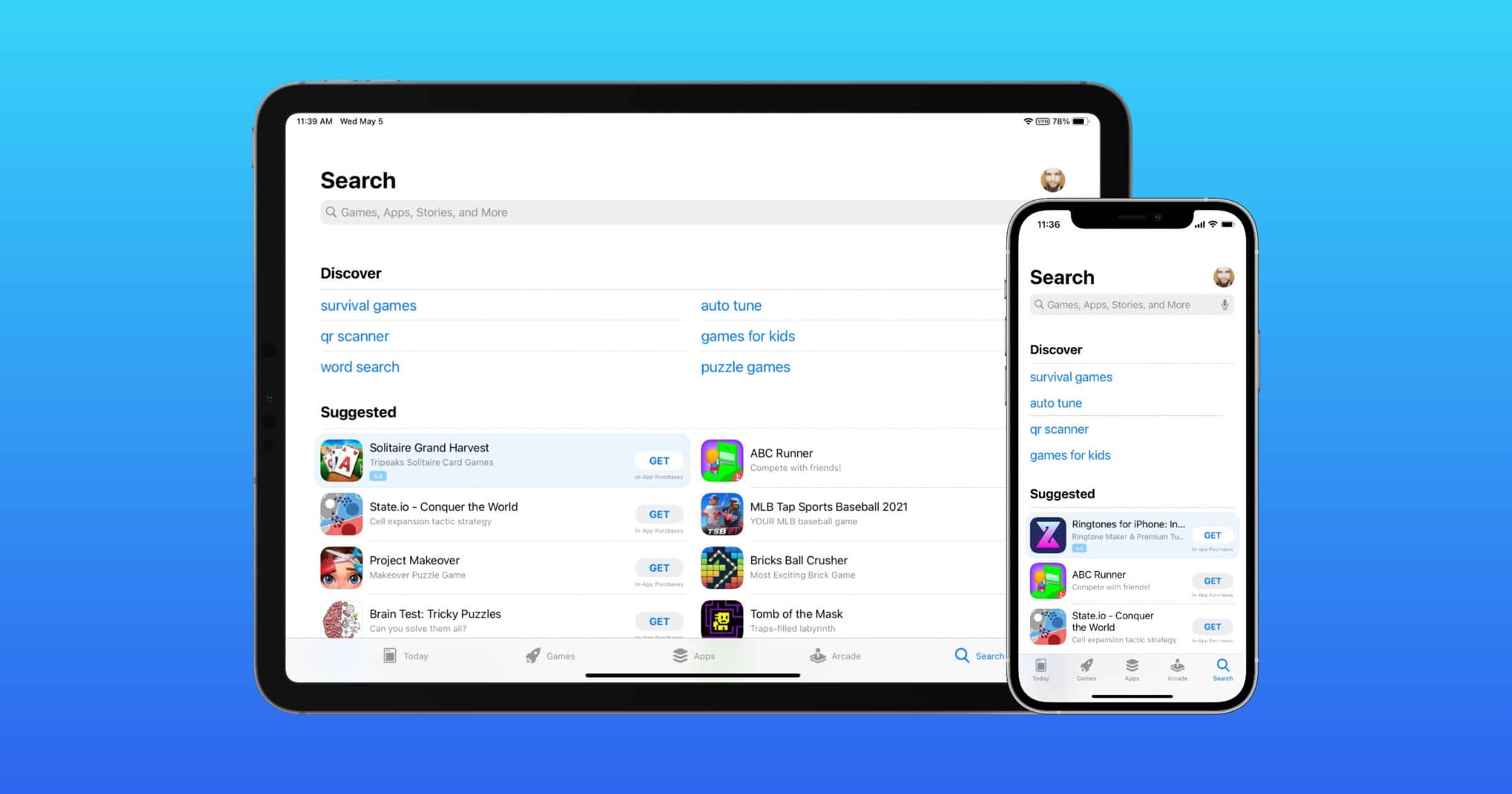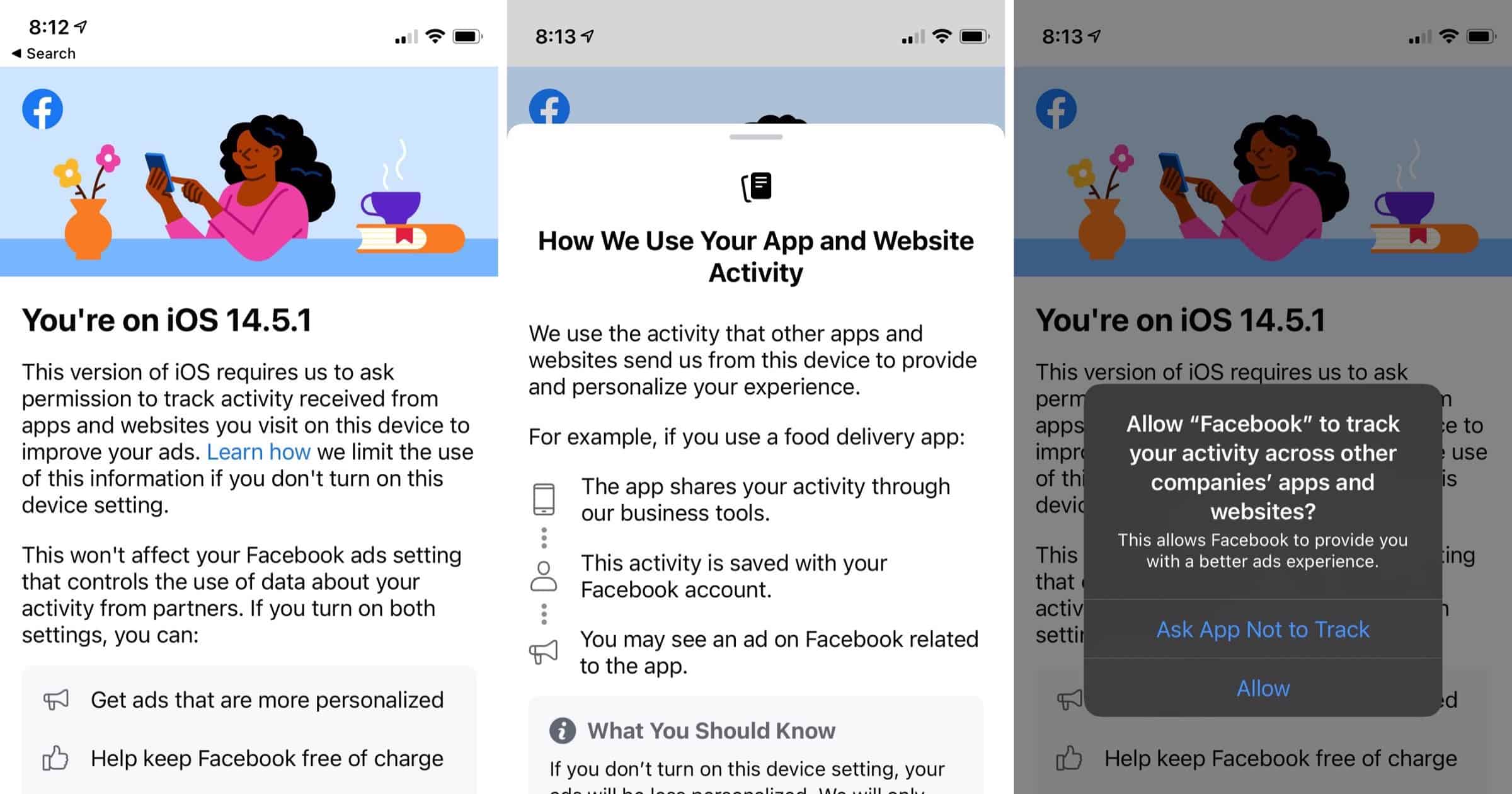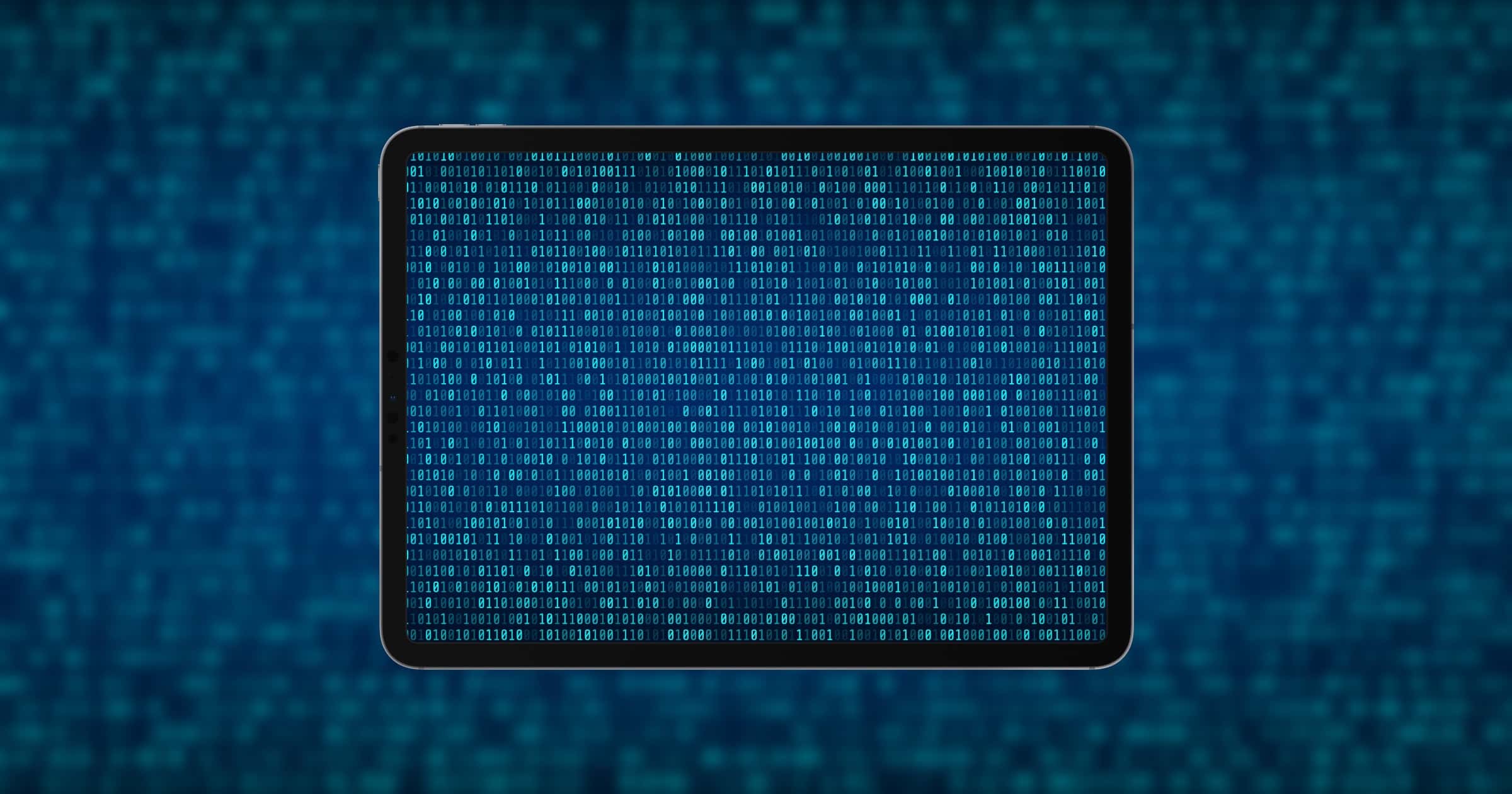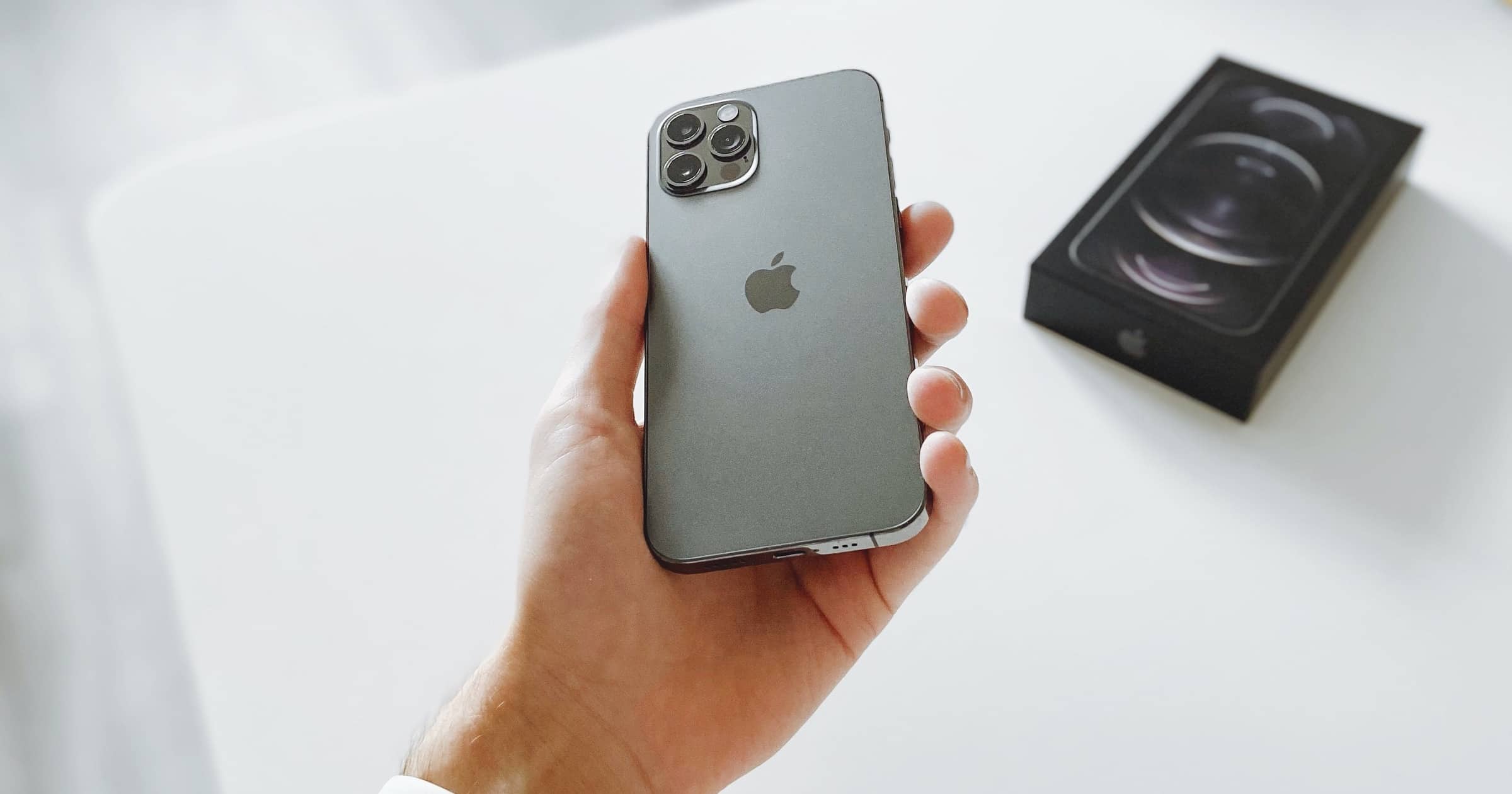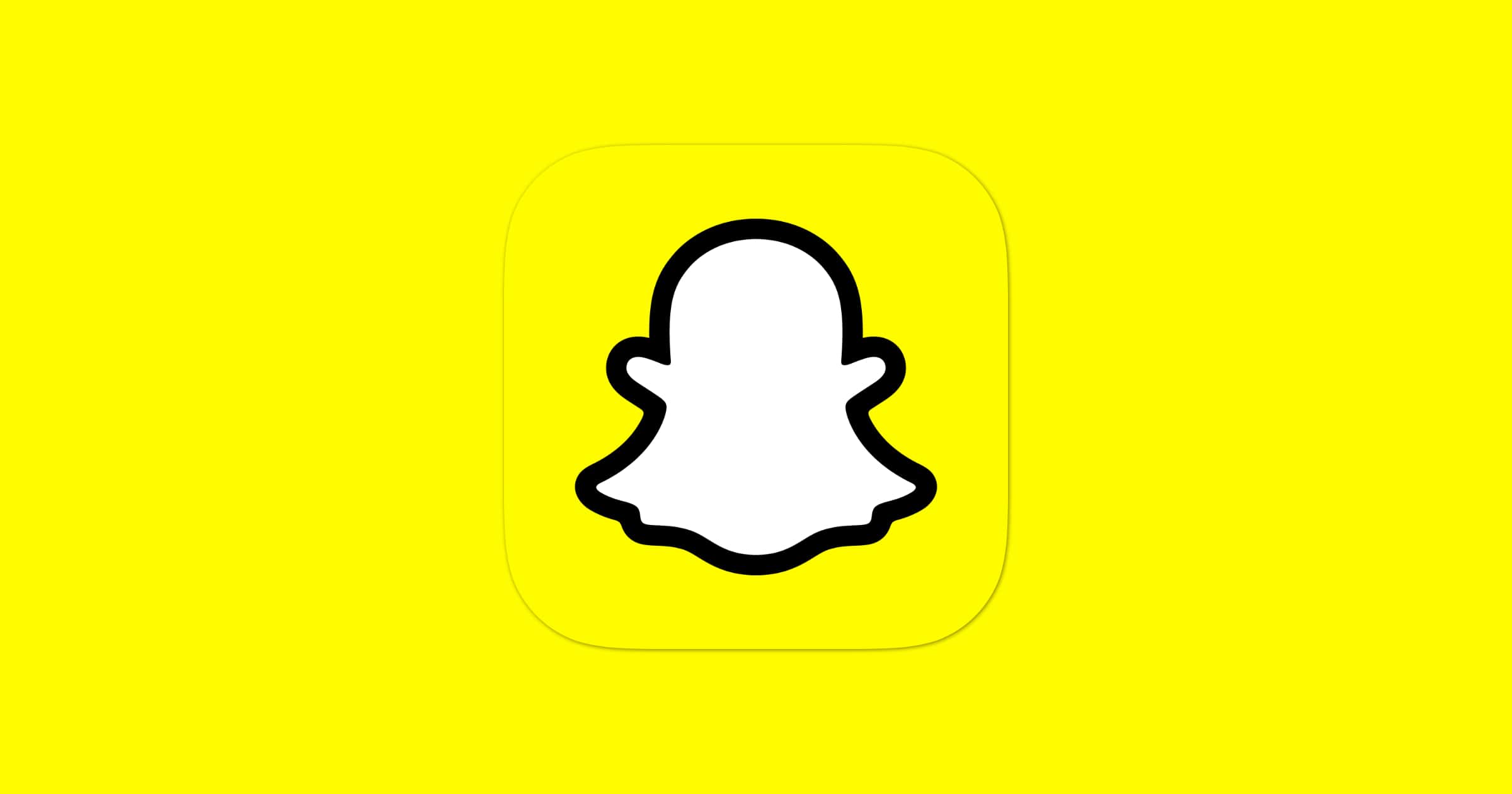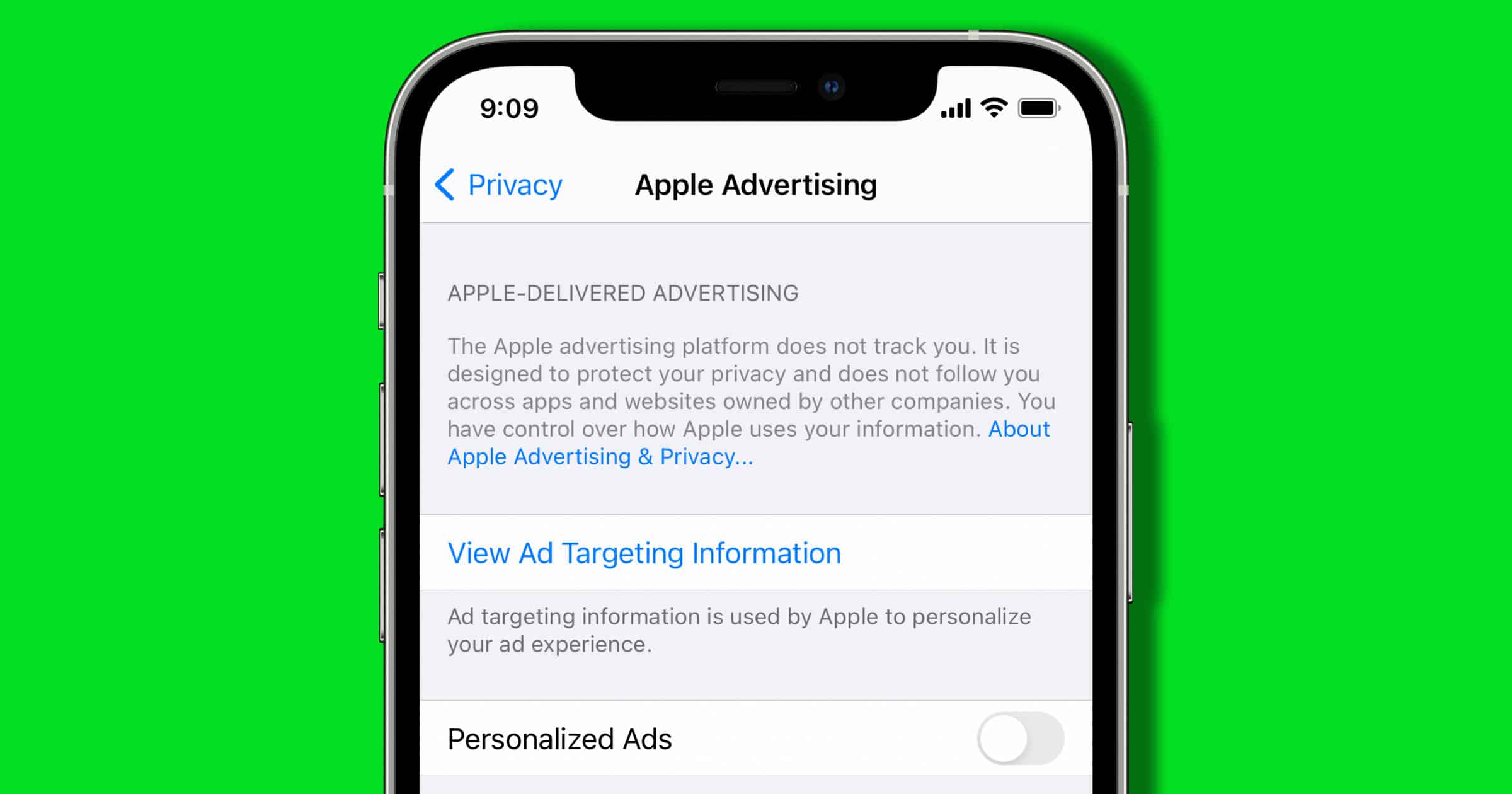User consent, through tools like Apple’s App Tracking Transparency, isn’t good for business. Some companies lost US$10 billion as a result.
Advertising
Epic Games CEO Tim Sweeney Criticizes Apple Ads in Settings
Apple has the ability to place small banner ads within iOS Settings, and some criticize the move as unfair to competitors.
The Rise of QR Codes has Privacy Experts Worried
The popularly of QR codes has risen due to the pandemic, since it enables touchless interactions. But they can be used for tracking and advertising.
But the spread of the codes has also let businesses integrate more tools for tracking, targeting and analytics, raising red flags for privacy experts. That’s because QR codes can store digital information such as when, where and how often a scan occurs. They can also open an app or a website that then tracks people’s personal information or requires them to input it.
A Glimpse Into the World of Mobile Advertising IDs and Their Use
Motherboard gives us a brief look into mobile advertising IDs (MAIDS) and how they can be used to unmask your identity.
All BIGDBM USA data assets are connected to each other,” Mack added, explaining that MAIDs are linked to full name, physical address, and their phone, email address, and IP address if available. The dataset also includes other information.
Advertisers Reduce iOS Spend Amid ‘Ask App Not to Track’ Introduction
Advertisers are moving their money from iOS to Android devices amid the introduction of ‘Ask App Not to Track’ notifications.
Facebook-Funded Study Says iOS 14 Privacy Settings are Harmful
A paper that was recently posted to Social Science Research Network says that iOS 14’s App Tracking Transparency harms competition and consumers.
AdGuard’s Shortcut Can Help Block YouTube Ads
AdGuard, creator of a popular adblocker of the same name, started getting complaints from users that YouTube ads were slipping through. It turns out Google deployed a new algorithm for showing ads to logged in users (Read more here). AdGuard was able to create a shortcut that can block these new ads while they build similar functionality to block them with the AdGuard app. You don’t need to have the AdGuard app installed to run the shortcut. Download Shortcut
Report Shows Only 4% of iOS 14.5 Users Opt Into Ad Tracking
A new report from Flurry Analytics shows that approximately 4% of iPhone users running iOS 14.5 have opted into app tracking.
Developers Have a New Area to Place App Store Ads
Apple announced on Tuesday that developers have a new area to place App Store ads for their apps.
Facebook Implies That its App Tracking Keeps its Products Free
Facebook is displaying a message in its apps on iOS 14.5 that tells people to let it track you in order to keep its services free.
iOS 14.5: Here’s How to Start Blocking App Trackers
Apple released iOS 14.5 on Monday and one of the major features it introduces is App Tracking Transparency. Here’s how it works.
What iOS Changes (Might) Mean for the Advertising Industry — Media+
Adweek’s Andrew Blustein joins Charlotte Henry to look at the dramatic impact the introduction of Ad Tracking Transparency (ATT) by Apple could have on the advertising industry.
Malvertising Campaign ‘Tag Barnakle’ Infected 120 Ad Servers
First discovered a year ago, malvertising campaign Tag Barnakle has infected over 120 ad servers to insert malicious code into ads.
Stein says that while last year Tag Barnakle had targeted users of desktop browsers with redirects to malware download sites, over the past year, the gang has switched to going after mobile users and redirecting them to online scams peddling various scammy products.
Security Friday and a Hitchhiker's Guide – TMO Daily Observations 2021-04-16
Andrew Orr joins host Kelly Guimont to discuss Security Friday news, and a very helpful Hitchhiker’s Guide (not that one).
How Advertisers are Reacting to iOS 14.5 App Tracking Transparency
The release of iOS 14.5 is right around the corner and with it comes a feature known as App Tracking Transparency. How are advertisers reacting?
Behind ‘UID2’, a Way for Advertisers to Track Your Email
The EFF wrote a detailed post about UID2, a proposed way to make it easier for advertisers to identify people via their email.
UID2s will be connected to people, not devices. That means an advertiser who collects UID2 from a website can link it to the UID2s it collects through apps, connected TVs, and connected vehicles belonging to the same person. That’s where the “unified” part of UID2 comes in: it’s supposed to make cross-device tracking as easy as cross-site tracking used to be.
But this will also create new incentives for sites, apps, and connected devices to ask users for their email addresses.
All the more reason to use Sign In with Apple wherever possible or disposable email services.
Snapchat Finds a Workaround for iOS 14 App Tracking Transparency
A report says that Snap Inc has developed a workaround for iOS 14’s App Tracking Transparency feature.
French Watchdog CNIL Questions Apple’s Compliance With EU Privacy Rules
CNIL, France’s data regulator, is questioning Apple’s compliance with EU privacy rules over personalized advertising.
Starting April 15, TikTok Won’t Let You Opt Out of Personalized Ads
Starting April 15, TikTok will make personalized ads mandatory whether you want them or not.
TikTok says it is “committed” to respecting the privacy of its users, according to a TikTok spokesperson. “We will continue to be transparent about our data privacy practices and help users understand their privacy choices on our Safety Center.”
People will still be able to control whether TikTok personalizes ads based on data pulled from other apps and websites.
Committed to respecting the privacy of its users. Eye roll.
Justin Long is Now ‘PC Guy’ in New Intel Ads Mocking Macs
Apple fans are familiar with the ad campaign in the mid-2000s. Justin Long was Mac Guy and John Hodgman was PC Guy, and they compared the different platforms. In a series of new ads from Intel, Justin Long is now PC Guy, mocking Apple’s Macs as Intel is surely still reeling from the announcement of the M1 chip. There are five ads in total of the “Justin Gets Real” campaign: 2-in-1 Flexibility, PC Gaming, Having Choices, Touch Screens, and 3 Monitors.
France Digitale Says Apple Users are Shown Personalized Ads Without Consent
Lobby group France Digitale has filed a complaint against Apple, saying its own advertising is shown to users without their consent.
AdGuard: Apple’s Private Click Measurement Isn’t Transparent
AdGuard published a piece on Monday examining Apple’s new technology coming to iOS 14.5 called Private Click Measurement.
Apple Warned to Include its own Apps in App Tracking Transparency
Europe antitrust chief Margrethe Vestager warned Apple to give equal treatment to all apps, including its own, for the upcoming App Tracking Transparency feature.
Apple Releases Private Click Measurement to iOS 14.5
Apple is introducing a new technology called Private Click Measurement to give online advertisers a way to measure ads privately.
